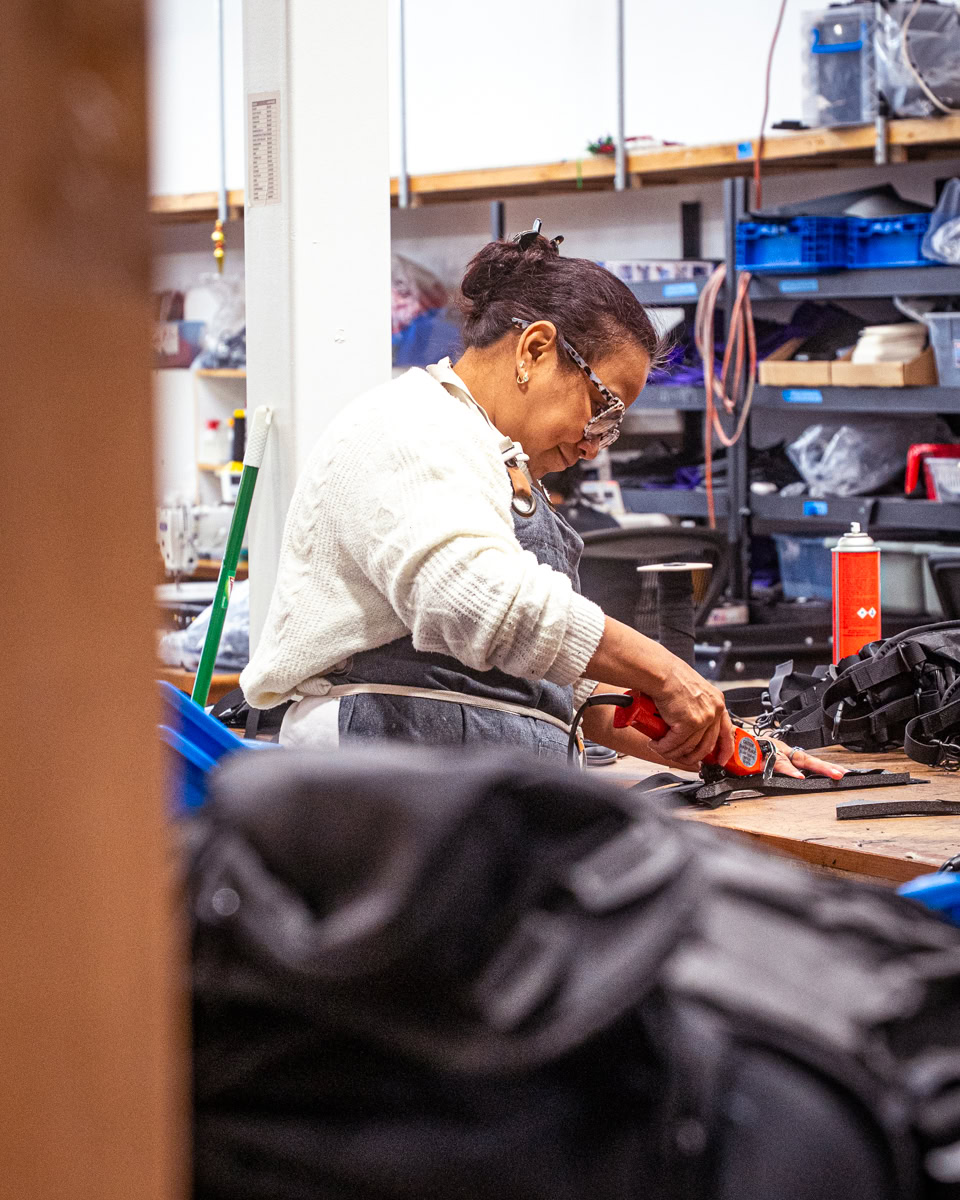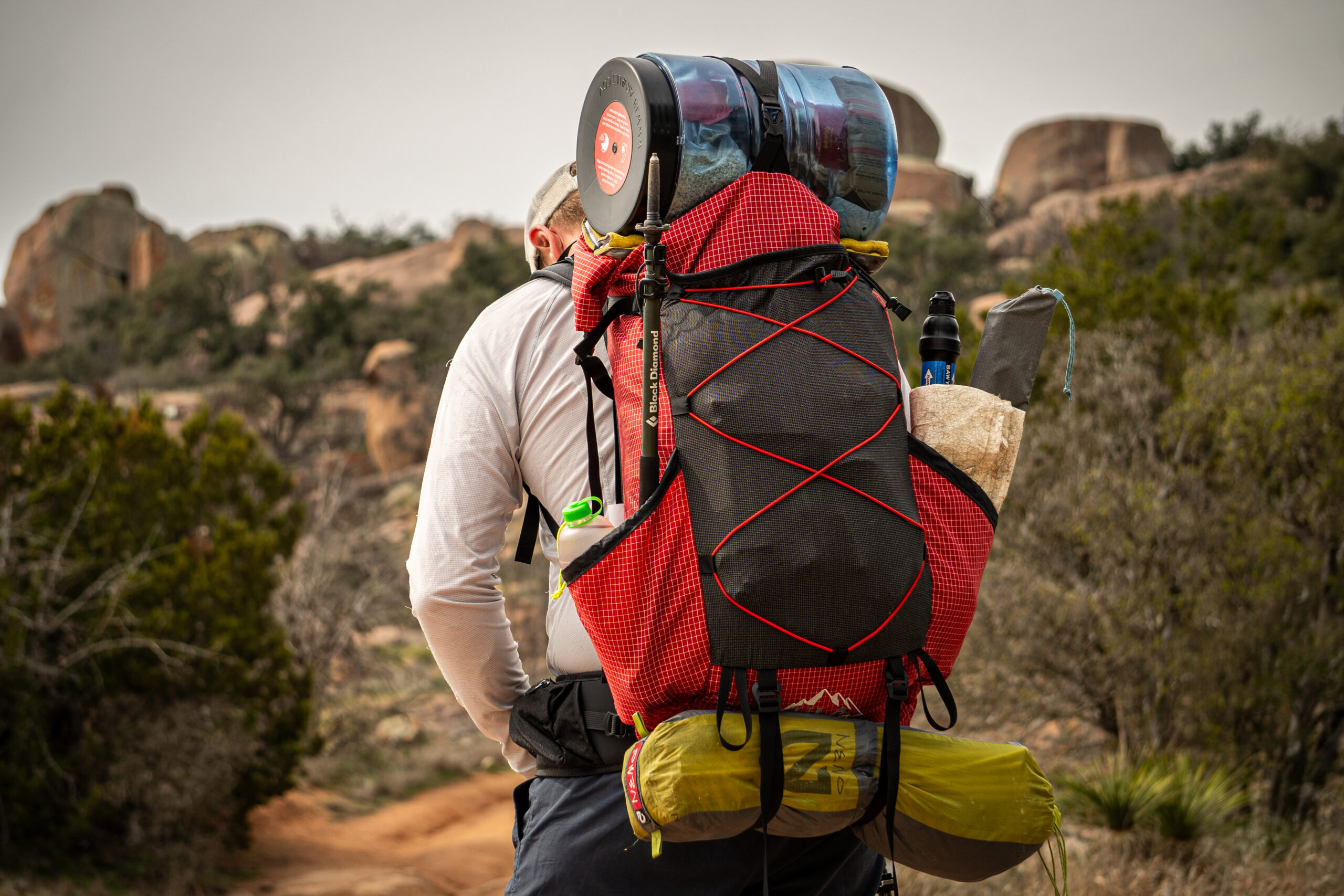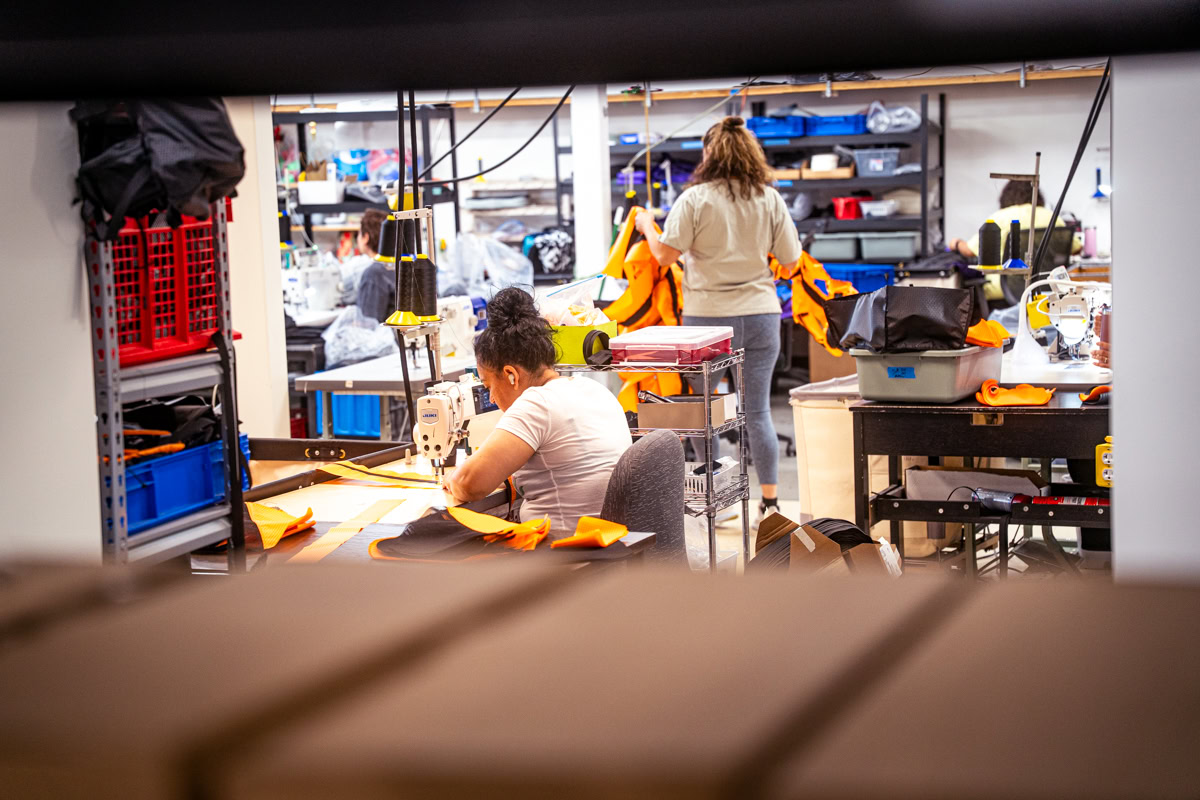
ULA Gear FAQ: Your Top Questions, Answered
At ULA, we’re proud to build gear that speaks for itself — lightweight, durable, made by hand in Utah, and trusted by thousands of hikers, travelers, creatives, and everyday carriers. But even the best gear comes with questions, especially when there are options to customize, new materials to understand, and packs designed for totally different use cases. Whether you’re trying to figure out the difference between the Circuit and Circuit SV, wondering if the Node works for daily carry, or curious about what “Ultra 400X” actually means — you’re not alone. We get questions like these every day through email, social media, and at events. So we’ve rounded up some of the most common ones here, along with honest, no-fluff answers straight from our team. If you’ve ever been stuck between S and J straps, unsure about shipping times, or wondering whether your bear can will fit — this guide’s for you. Let’s get into it.
1. What’s the difference between the Circuit and the Circuit SV?
Both are built on our award-winning Circuit frame — same load capacity, same UL pedigree. The difference is in the details. The Circuit SV (“Small Volume”) is a 48L pack while the standard Circuit is 68L. It’s lighter, sleeker, and designed for hikers who already have their systems dialed. The only difference between the two is the size! Same material options, same design. If you want a more indepth look at the Circuit SV check this out.
2. How long will it take to get my pack?
Our current lead times are 2–5 business days for all Dragonflies and Robic packs, while Custom and Ultra backpacks are built to order and typically ship within 10–14 business days. These timeframes cover production only — once your pack ships, delivery time will depend on your location and the shipping method selected at checkout. Most U.S. orders arrive within 2–4 business days after shipping, while international deliveries may take longer depending on customs and carrier processing. Every ULA pack is made by hand in our Utah workshop, and we make sure it’s done right before it leaves our doors.
3. What are Ultra 400X, UltraGrid, and UltraStretch Mesh — and why do they matter?
At ULA, we choose materials that perform in the real world — not just on paper. That’s why we’ve partnered with Challenge Sailcloth to use some of the most advanced fabrics in the industry. These aren’t off-the-shelf materials — they’re engineered for durability, weather resistance, and long-term performance in the field.
Ultra 400X is our toughest option. It’s a woven laminate made from UHMWPE (Ultra High Molecular Weight Polyethylene) — one of the strongest fibers on Earth — blended with recycled polyester. It’s highly abrasion-resistant, waterproof, and incredibly strong for its weight. We use it in full-pack builds, high-wear zones like pack bottoms, and anywhere durability is non-negotiable.
UltraGrid is a lightweight, technical fabric made with 210D recycled nylon, reinforced with UHMWPE ripstop. It offers excellent tear resistance and a modern, high-performance look. You’ll find it on internal pockets, packing cubes, accessory items, and as a sleek yet durable option in our everyday carry line.
UltraStretch Mesh is what traditional mesh wants to be. Made with Ultra yarns in a four-way stretch configuration, it’s far more durable and abrasion-resistant than the elastic mesh used by most brands. It won’t snag, shred, or blow out after a season of bushwhacking or rubbing against sharp gear.
Together, these materials help us build packs and accessories that can handle thousands of miles — from high alpine trails to concrete jungles — while keeping weight low and performance high. When we say our gear is made to last, this is a big part of what we mean.

4. Do I need S or J straps?
It mostly comes down to body shape and personal comfort. S-straps are contoured to curve around the chest and tend to work better for people with narrower shoulders or a more pronounced chest — they’re especially popular with women but work great for anyone who prefers a more anatomical fit. J-straps are straight and traditional, offering a more classic feel that some users find simpler and more stable, especially with heavier loads.
If you’re not sure which to choose, we generally recommend S-straps for a more tailored, body-hugging fit and J-straps for a roomier, more straightforward feel. And if you’re local or planning a visit, we’re happy to fit you in person. For a more in-depth breakdown check this out.
5. Can I customize my pack when I order?
Yes — and people do all the time. From torso length adjustments to custom colors and feature mods, we offer a wide range of options through our Custom Pack Builder. If there are features or a particular model you’re interested in getting customized but don’t see it in the builder, feel free to send us an email!
6. Can your packs carry a bear canister?
Yes — and it depends on the pack and the can. A BV500 can be carried vertically inside the Catalyst, Circuit, Circuit SV and Nexus or horizontally in the Catalyst or with the Y-strap . Smaller cans fit in more packs, but be mindful of how much volume you’ll have left for other gear. For more insight check out this article.

7. Are your packs waterproof?
Our packs are built with waterproof materials like Ultra 400X, but they are not fully waterproof because we don’t seam tape our products. Stitching creates tiny holes that can let water in during sustained exposure, which is why we always recommend using a pack liner or dry bags for critical gear like your sleeping bag, clothes, or electronics.
We’ve found that not seam taping allows for better repairability, and long-term performance — especially for the environments our packs are built to handle. So while your pack will shed light rain and splashes without issue, it’s always smart to plan for wet conditions with proper internal protection.
8. Can I come and check out the shop?
Yes! We love meeting our customers in person, and you’re more than welcome to stop by the shop and say hi. If you’re interested, we can even help fit you for a pack while you’re here. We just ask that you contact us ahead of time to schedule a visit, so we can make sure someone is available to show you around and give you the time and attention you deserve.
9. Do you guys offer repairs or do I just throw my pack away?
Definitely don’t throw it away — we stand behind what we build. ULA packs are designed to go the distance, but if something wears out or breaks, we offer in-house repairs to keep your gear on trail and out of the landfill. Whether it’s a busted buckle, a torn pocket, or a pack that’s seen one too many airline baggage claims, we’ll do our best to fix it. Just shoot us an email with some photos, and we’ll walk you through the process.
We believe in building gear that lasts — and supporting it long after the first trip.



Hello, I’m planning on ordering a ULA Ultra circuit for an upcoming trip. However, procrastination led to me putting off buying a new pack for much longer than I should have…. I saw the two business week lead times on the packs and I’m wondering if you think that there’s any chance it would be delivered to an address in Virginia by September 4th. Thanks!
Hey Luke, it’d be cutting it close but there is a chance it’d get there before your trip if you placed an order today. – Garrett